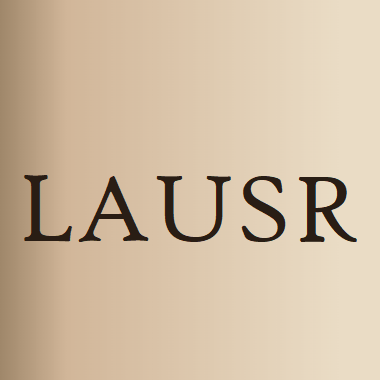
Methods Polyphenolic and iridoid constituents of extracts were analyzed qualitatively and quantitatively using the ultraperformance liquid chromatography system coupled with a quadrupole-time of flight mass spectrometry. Primary cultured osteoblasts isolated… Click to show full abstract
Methods Polyphenolic and iridoid constituents of extracts were analyzed qualitatively and quantitatively using the ultraperformance liquid chromatography system coupled with a quadrupole-time of flight mass spectrometry. Primary cultured osteoblasts isolated from mouse calvarias and osteoclast-lineage primary cultured monocytes isolated from mouse bone marrow were used for the assessment of osteoblast and osteoclast differentiation. In the osteoblast culture, cellular viability, alkaline phosphatase (ALP) activity, ALP staining, and mRNA expression of Alpl and Runx2 were examined. In the osteoclast culture, the examined parameters were cellular viability, tartrate-resistant acid phosphatase (TRAP) activity and staining, and mRNA expression of Nfatc1, Ctsk, and Acp. Results A total of 41 main compounds of iridoids, anthocyanins, hydrolysable tannins, phenolic acids, and flavonols were identified in the three extracts. RED EXT1 contained most of the tested polyphenols and iridoids and was the only extract containing anthocyanins. YL EXT2 contained only one iridoid, loganic acid and gallic acid. YL EXT3 comprised a mixture of iridoids and polyphenols. RED EXT1, YL EXT 2, and to a lesser extent YL EXT3 promoted osteoblast differentiation increasing significantly ALP activity and the amount of ALP-positive stained cells. All extracts upregulated mRNA expression of Alpl and Runx2. RED EXT1 caused the most significant decrease in TRAP activity and the numbers of TRAP-positive multinucleated cells. RED EXT1 caused also the most significant downregulation of mRNA expression of osteoclast related genes Nfatc1, Ctsk, and Acp5. Extracts from yellow fruits, mostly YL EXT2 caused lower, but still significant inhibitory effect on TRAP and osteoclast related genes. Conclusions The main conclusion of our study is that all three extracts, especially RED EXT1 from red cornelian cherry fruits, possess the antiosteoporotic potential and may be a promising phytomedicine candidate for the prevention and treatment of osteoporosis.
Journal Title: Oxidative Medicine and Cellular Longevity
Year Published: 2022
Link to full text (if available)
Share on Social Media: Sign Up to like & get
recommendations!